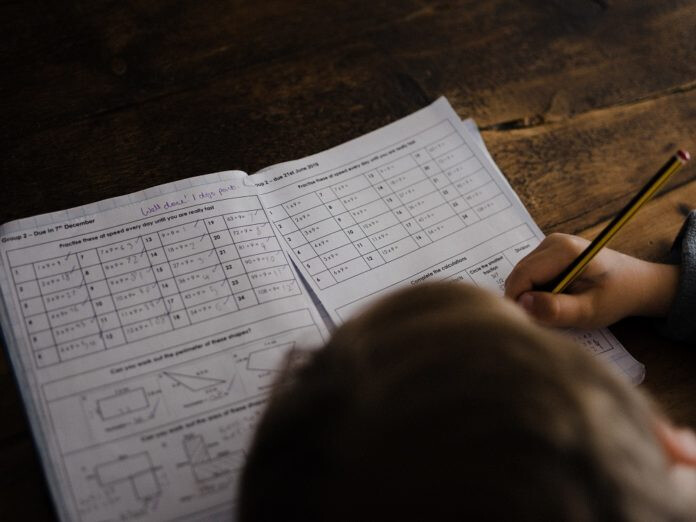Your December 2004/January 2005 issue on “Educating Language Learners” struck a chord with me. The practice of testing Latino students in English before they have mastered the language reveals a lot about these students' language deficiencies in English but little about their knowledge of mathematics, science, or social studies. It makes no sense, but we continue to do it.
As a result of this practice, English language learners (ELLs) scored, on average, 32 and 41 points below their English-proficient peers on the 2003 National Assessment of Educational Progress in grades 4 and 8, respectively. These scores place Latino students two to three years behind grade-level peers.
Research shows that students reading at grade level in their native language take four to seven years to reach the 50th percentile in English reading performance. That finding is consistent with my own experience. I came to this country as a 9-year-old Cuban immigrant with a strong background in my native language, and it took me seven years to feel that I was functioning effectively in English.
We need to make at least two kinds of changes to help our ELL students progress. One is regulatory, and I'm glad to report that last year former U.S. Secretary of Education Rod Paige announced greater flexibility in NCLB assessment requirements. ELL students must be tested on content areas in their native languages.
The second change requires that school districts offer excellent language instruction programs and quality professional development for teachers working with ELL students. Although districts have access to federal funds for this purpose, the resources are insufficient because the number of ELL students has grown faster than the number of dollars provided.
Success requires teachers to demonstrate high expectations for ELL students, use an interactive and scaffolded approach that incorporates research-based strategies and effective technology, and integrate language learning and literacy instruction across the curriculum. This necessarily requires extensive staff development. Yet a 2003 study in North Carolina found that only 6 percent of teachers had at least eight hours of training in ELL strategies during the previous three years, even though 47 percent of them were teaching ELL students.
Many localities are moving on their own. New York City—where 43 percent of public school students come from homes in which the primary language is not English—is creating a centralized office to routinely translate school information into eight languages. This will help bring parents who do not speak English into the education process. Several other urban districts have upgraded translation and interpretation services, a practice that proved effective in Fairfax County, Virginia, Public Schools during my time there as superintendent.
Approximately 55 percent of current English language learners were born in the United States and have some exposure to English, but they need considerable help in English language and literacy development as they enter the early grades. Reading programs for the early elementary years that make effective use of technology for professional development can provide that help.
We can meet the challenge posed by English language learners. However, tossing these kids overboard and hoping they will swim does little more than frustrate students, teachers, and administrators alike. It's time for a new approach, one that includes a commonsense policy for ELL testing.
—Daniel A. Domenech, Senior Vice President, National Urban Markets, McGraw-Hill Education



